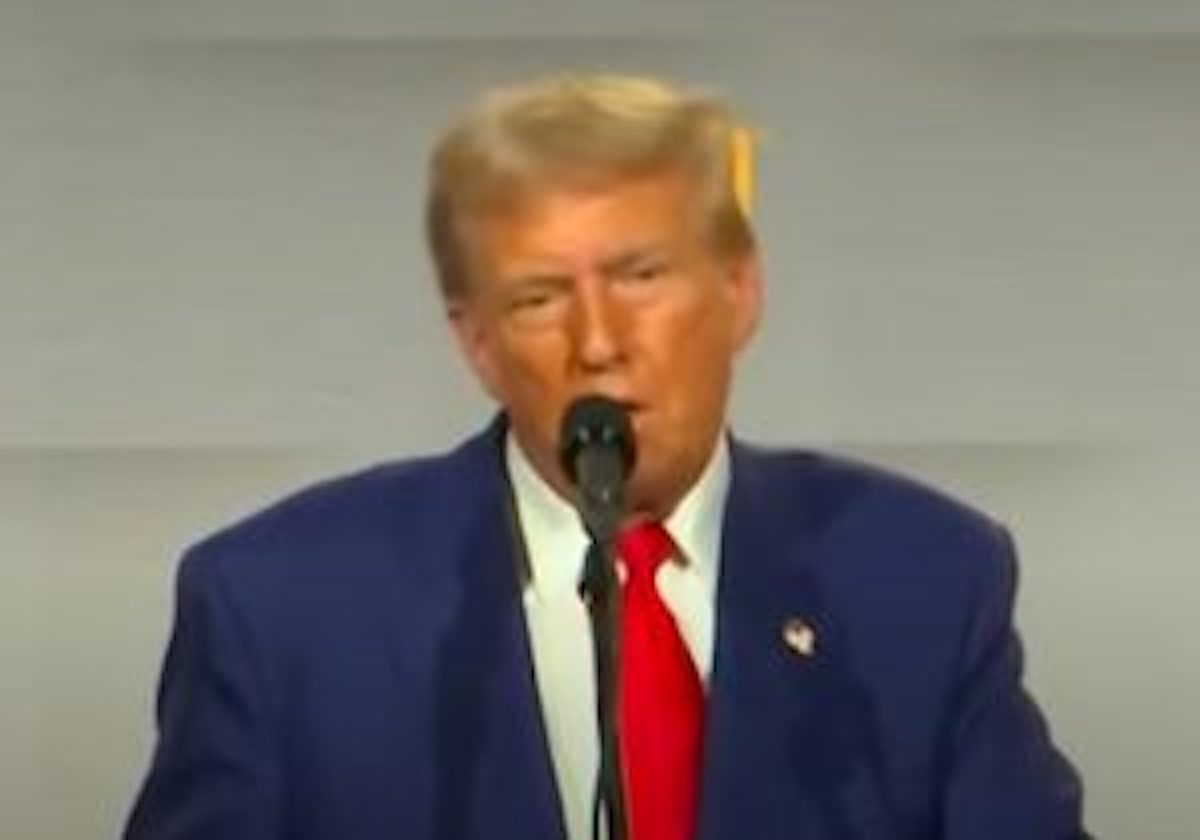US President Donald Trump issued a stark warning to BRICS nations on Friday (Jan 30), vowing to impose 100% tariffs on their exports if they attempt to replace the US dollar as the dominant currency in international trade.
BRICS, founded in 2009, is an acronym for its founder members, Brazil, Russia, India, China, and early entrant South Africa, which joined the group in 2010.
The BRICS challenge
Seen as a counterweight to the Group of Seven rich nations led by America, BRICS expanded to include Iran, the United Arab Emirates, Ethiopia and Egypt in 2024, admitted Indonesia in January 2025 and has Malaysia and Thailand knocking on its doors, wanting to become members.
China is leading a push to increase membership to challenge US dominance, and some nations are responding to Chinese overtures. For new members, BRICS offers the potential for easier access to financing from its wealthier members and a political venue independent of Washington’s influence, says Bloomberg.
India was initially concerned that a bigger BRICS would become a mouthpiece for China, while Brazil was worried about alienating the West. However, both eventually agreed to the BRICS’ expansion.
Trump fights back
Trump is not taking the challenge lying down. Determined to maintain US supremacy, he has consistently opposed de-dollarisation.
“The idea that the BRICS Countries are trying to move away from the Dollar, while we stand by and watch, is OVER,” Trump wrote on Truth Social.
“We are going to require a commitment from these seemingly hostile Countries that they will neither create a new BRICS Currency nor back any other Currency to replace the mighty US Dollar, or they will face 100% Tariffs and should expect to say goodbye to selling into the wonderful US Economy. They can go find another sucker Nation. There is no chance that BRICS will replace the US Dollar in International Trade or anywhere else, and any Country that tries should say hello to Tariffs and goodbye to America!”
His post closely mirrors a statement he made on Nov 30, weeks after winning the 2024 presidential election, reports Reuters.
BRICS push for de-dollarisation
The 100% tariffs Trump threatens to impose will damage the economies of BRICS members such as India and China, which depend on exports to the US, the world’s biggest market.
However, the BRICS bloc has long explored ways to reduce reliance on the US dollar. Western sanctions against Russia following its invasion of Ukraine have further accelerated these efforts.
While BRICS+ does not currently have a common currency, its members have increasingly promoted trade in local currencies. At the 15th BRICS summit in 2023, Russian President Vladimir Putin called for de-dollarisation, urging nations to “expand settlements in national currencies”.
The momentum continued at the June 2024 BRICS foreign ministers’ meeting in Russia, where leaders reiterated their commitment to using local currencies in trade.
The dollar’s continued dominance
Despite concerns about de-dollarisation, the US dollar remains the world’s primary reserve currency. A 2023 study by the Atlantic Council’s GeoEconomics Center found that neither the euro nor the BRICS+ nations had significantly reduced global reliance on the dollar.
Trump’s threats reflect his determination to maintain that dominance. The 78-year-old US president has frequently used tariffs as an economic weapon. His latest threats against BRICS+ come amid his push to impose 25% tariffs on Mexico and Canada—America’s largest trading partners—citing concerns over illegal immigration and drug trafficking.
During his election campaign, Trump labelled India a “very big abuser” of trade policies, and he has now used similar rhetoric against other BRICS+ members. He argues that increased tariffs will benefit American businesses by lowering domestic taxes and encouraging companies to bring manufacturing back to the US.
Economic fallout
However, economists caution that aggressive tariffs could backfire. Higher trade barriers may increase costs for American consumers and businesses, particularly those reliant on imported raw materials.
Russia has already dismissed Trump’s threats, stating that any attempt to force nations to use the US dollar will ultimately undermine its global standing. Meanwhile, China and India have steadily increased trade settlements in their own currencies, reducing their exposure to the dollar.
BRICS’ biggest achievements have been financial. Its member countries agreed to pool $100 billion of foreign-currency reserves, which they can lend to each other during emergencies.
As BRICS expands its ranks, its economic clout continues to grow, challenging US-led financial systems.
With major fossil-fuel producers like Iran and the United Arab Emirates joining the bloc, BRICS could challenge the dollar’s dominance in oil and gas trading by switching to other currencies, says Bloomberg.

